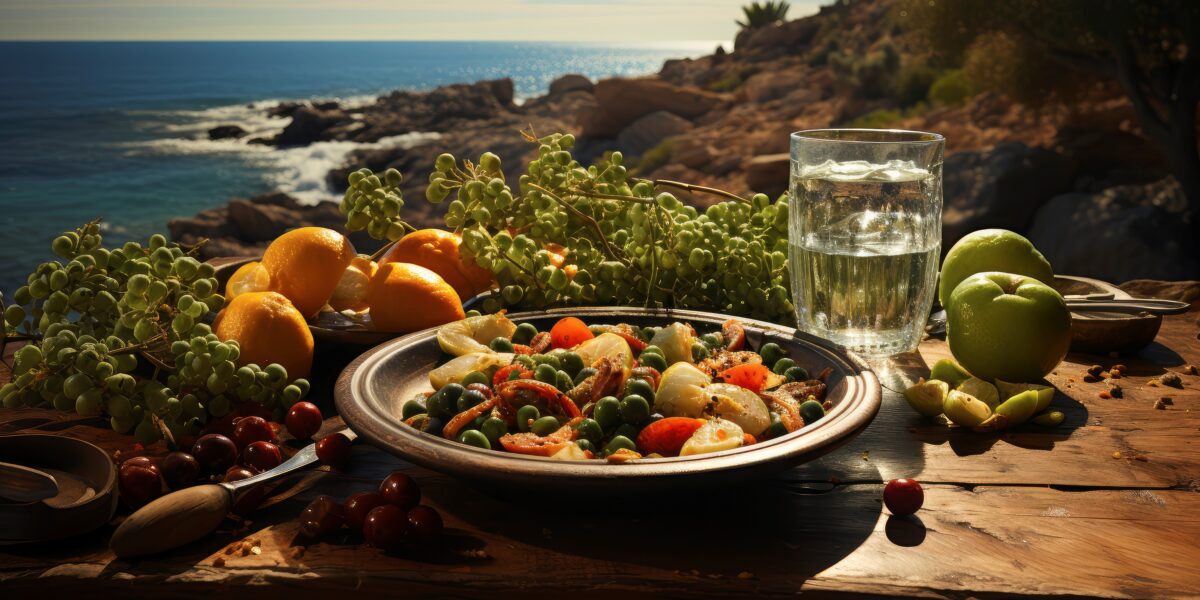Blue Zones are geographical areas with a high concentration of individuals aged 100 and above, characterised by longevity and good health. This article presents five regions of the world, identified by the Scientific Senate of the Dan Voiculescu Foundation for the Development of Romania, that exhibit an exceptional prevalence of individuals who have reached advanced age while maintaining good health.
Ikaria island in Greece: Ikarians follow a plant-rich diet based on vegetables, fruit, whole grains, nuts and seeds. Olive oil is the main source of added fats, and meat is eaten rarely and in small portions.
Nicoya Peninsula in Costa Rica: here, the diet focuses on plant-based foods such as fruits, vegetables, whole grains and beans. Fish is also an important part of the diet.
Okinawa (Japan): Okinawans eat lots of vegetables, soy and fish, especially sardines, anchovies and cod. Fish is recommended no more than three times a week, in portions no larger than a handful.
Loma Linda in California (USA): almost half the population is Adventist and follows a Bible-inspired diet. It includes lots of vegetables, fruit, nuts and whole
Sardinia (Italia): The people of Sardinia eat lots of vegetables, nuts, seeds and beans. Goat's milk products are common and eggs are limited to three a week.
In a world where modern lifestyles and processed food dominate, the "Blue Zones" are a source of inspiration. But what do these people's diets have in common and how can we apply these principles to our daily lives?
1. Basic foods: regardless of geographical area, Blue Zone diets are based on natural and whole foods. Fruits, vegetables, whole grains and legumes are essential. They provide a wide range of nutrients, antioxidants and fiber.
2. Calorie moderation: People living in Blue Zones do not overeat. They eat until they feel full without overdoing it. This protects their body from metabolic stress and inflammation.
3. Reduced meat consumption: meat is present in Blue Zone diets, but in small quantities and quality. Fish and poultry are preferred to red meat. This balance contributes to cardiovascular health.
4. Social bond: meals are an opportunity to socialize and share joy with loved ones. Blue Zones people eat together, which strengthens relationships and reduces stress.
5. Physical activity: Blue Zones residents don't spend hours in the gym, but are naturally active. Walking, gardening and other physical activities are part of their daily routine.
6. Relax and rest: Quality sleep and stress management are priorities. People in Blue Zones find time for relaxation and meditation.
In general, Blue Zone people emphasize plant-based foods, healthy fats (such as olive oil), moderate amounts of fish and a balanced approach to protein and carbohydrates. These principles contribute to longevity and health. Although there is no definitive 'blue zone diet', these common principles help promote longevity and health.
In conclusion, there is no magic recipe, but simple and balanced principles that can be adapted into our lives. By adopting these healthy habits, we can create our own 'blue zones' and live longer and happier lives.

